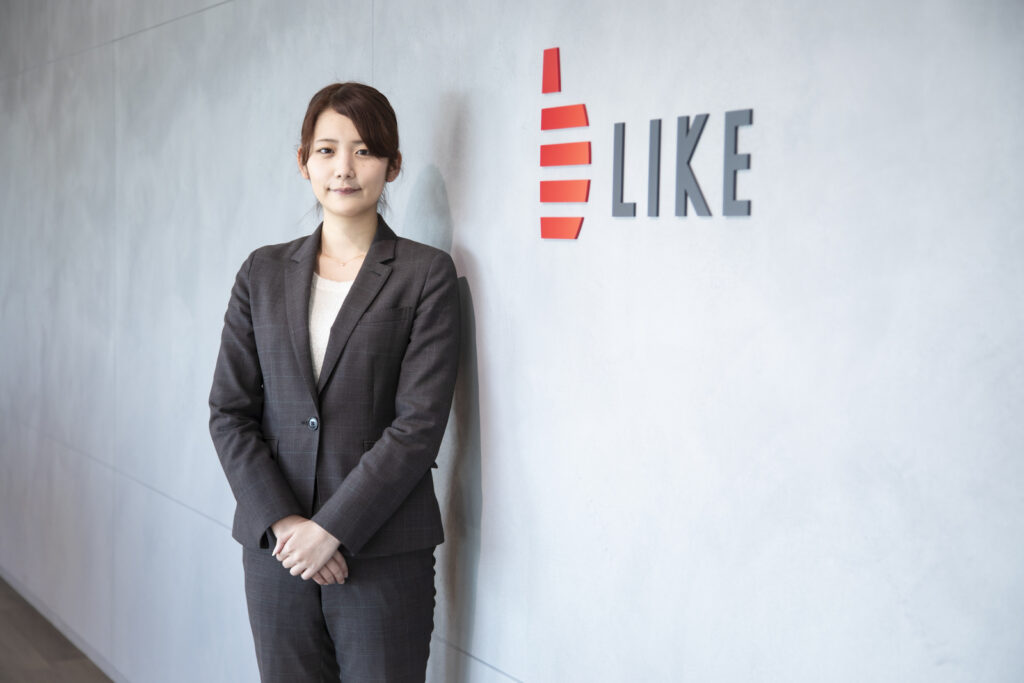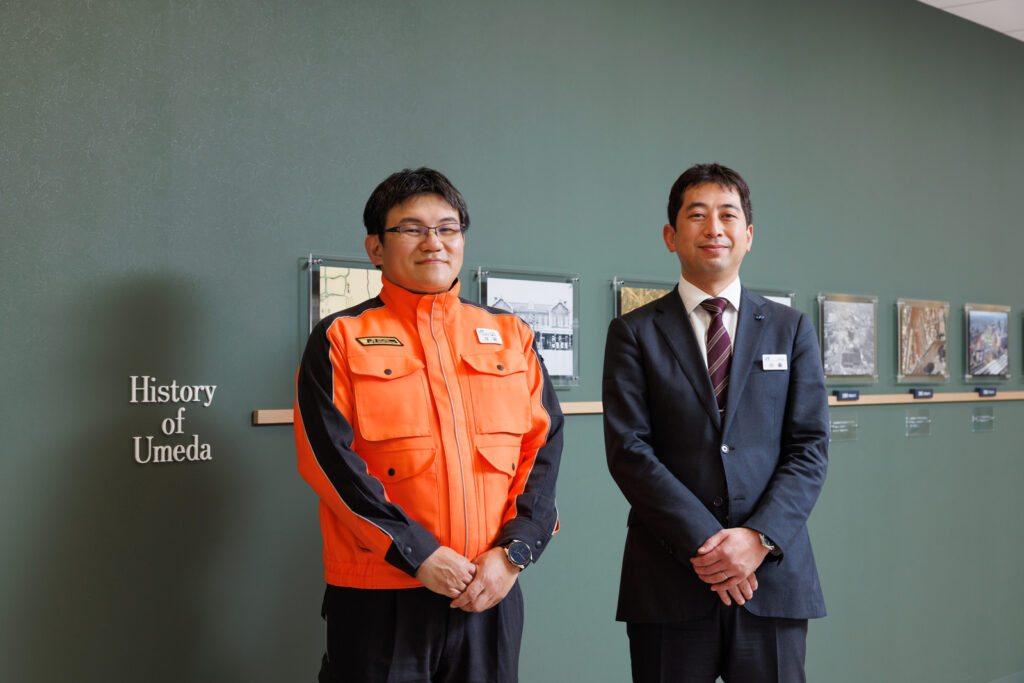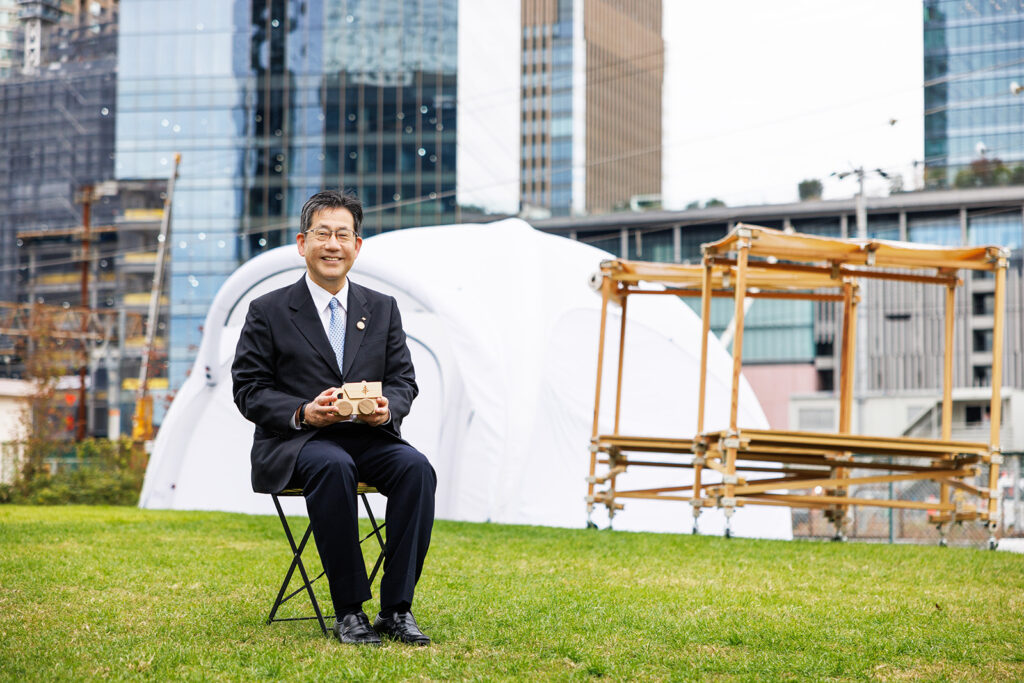Contributing to Economic Growth across Kansai through Co-creative Innovation
Tomohiko Miyahara
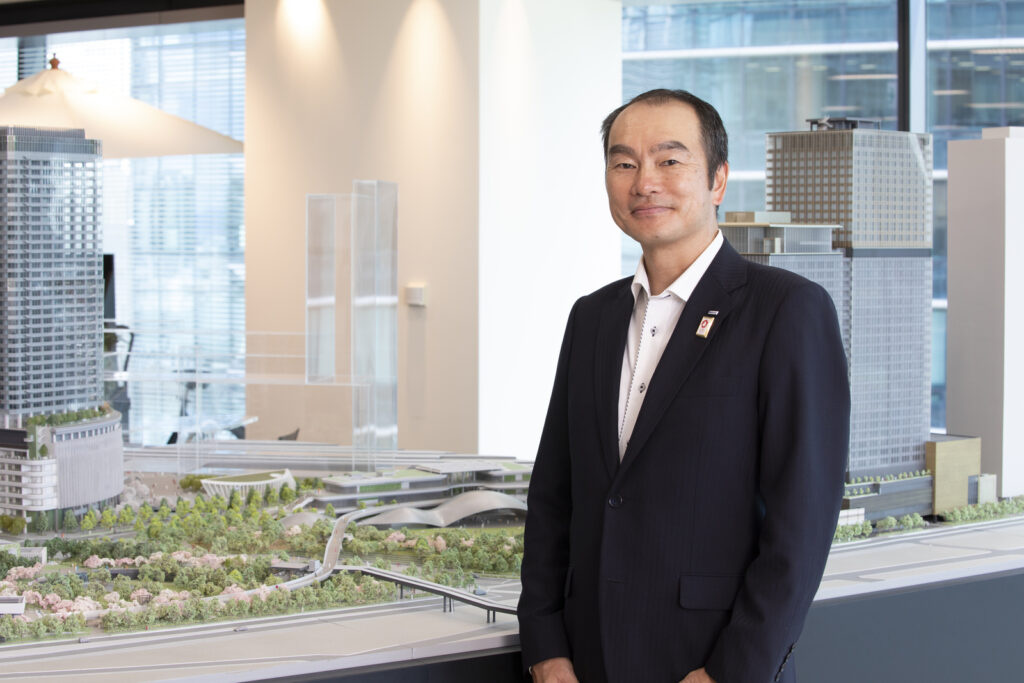
In April 2022, the Panasonic Group underwent a structural change into a corporation comprised of eight operating companies and affiliates under a holding company known as Panasonic Holdings Corporation. Kansai, where the Panasonic Group was founded, is anticipating massive urban development, as epitomized by Expo 2025 Osaka, Kansai and the Osaka Prefecture/Osaka City Super City Initiative in 2030, while the Panasonic Group initiated its Kansai 25/30 Project across the entire group to help revitalize the Kansai region. We interviewed Mr. Tomohiko Miyahara, Director of the Business Solutions Division at Panasonic Operational Excellence Co., Ltd., who is responsible for cross-functional management for a number of operating companies, as well as project management.
He commented, “Right from the start, following our establishment in 1918, the Panasonic Group secured a solid position as a home appliance manufacturer, but now, we focus on a business model that leverages our manufacturing technologies as a home appliance manufacturer to provide solutions and services through co-creation with B-to-B partners. Under such circumstances, the Business Solutions Division that I belong to has been promoting measures to create opportunities for new business through international events, including the Tokyo 2020 Olympic and Paralympic Games, national projects, and Sustainable Smart Towns (SST) using the sites of former company factories, such as Fujisawa SST (Fujisawa City, Kanagawa Prefecture), Tsunashima SST (Yokohama City, Kanagawa Prefecture), and Suita SST (Suita City, Osaka Prefecture).
We are also applying our know-how to promote the Kansai 25/30 Project across the entire group. We would like to use the group’s technologies and solutions to promote the project through co-creation with industry, academia, the government, and the private sector. Accordingly, the project concept was defined as “Joyous Co-creation” – a homonym with Kansai Co-creation (both are pronounced as “Kansai Kyoso” in Japanese) “.
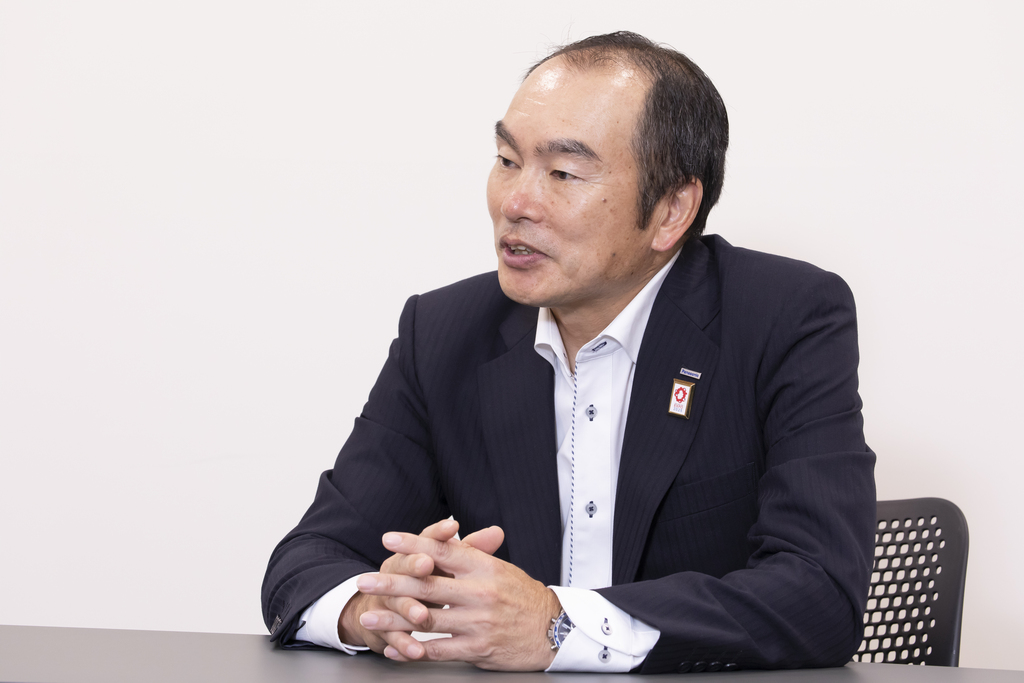
Mr. Miyahara explained the reason for their participation as an operational partner at Umekita Sotoniwa SQUARE, a demonstration space that ran for 1,000 days on land adjacent to the Grand Green Osaka complex, which is now being developed.
He said, “Firstly, we have a close connection as we opened our corporate showroom “Panasonic Center OSAKA” while Grand Front Osaka, the Umekita pre-development area, was being developed. At that time, home electrical appliances were our primary business, but now, the Panasonic Group’s main focus is on B-to-B business, and we were keen to promote the Panasonic Group’s B-to-B business here. Secondly, Umekita Sotoniwa Square was designed as a “green” living laboratory, a field for demonstrations for future urban development. We identified with the aim of co-creating new technologies and services designed to meet the public’s and users’ needs derived through the process of manufacturing and service development. We decided to participate as this also represents a good opportunity for us to link demonstration results to business from the “value-perceived side” by co-creating with the public through SST development.”
In 2022, the company held a trial demonstration to attract tourists to the area with a spatial production merging a next-generation art theme with a sports experience event named “Midori × Sports: Osoto-de-Sports”.
He explained, “One of the trial demonstrations held at the Umekita Sotoniwa SQUARE was a virtual experience in which one could realistically experience sightseeing in Kyoto, despite being somewhere else, through the use of Kyoto-themed lighting, images, and mist to create a space. In anticipation of the Expo 2025 Osaka, Kansai and Super City Initiative, visitors can have a pre-trip virtual experience of a travel destination to enhance the value of inbound tourism experiences. Later, they can actually visit the site during their trip, and then look back on their memories on a virtual site after the trip. Or they can use it to purchase souvenirs after actually visiting the sites. We confirmed through the demonstration that using such tourism DX can increase the experiential value at the travel destination, and were pleased that it could also contribute to the anticipated influx of tourists to Grand Green Osaka.”
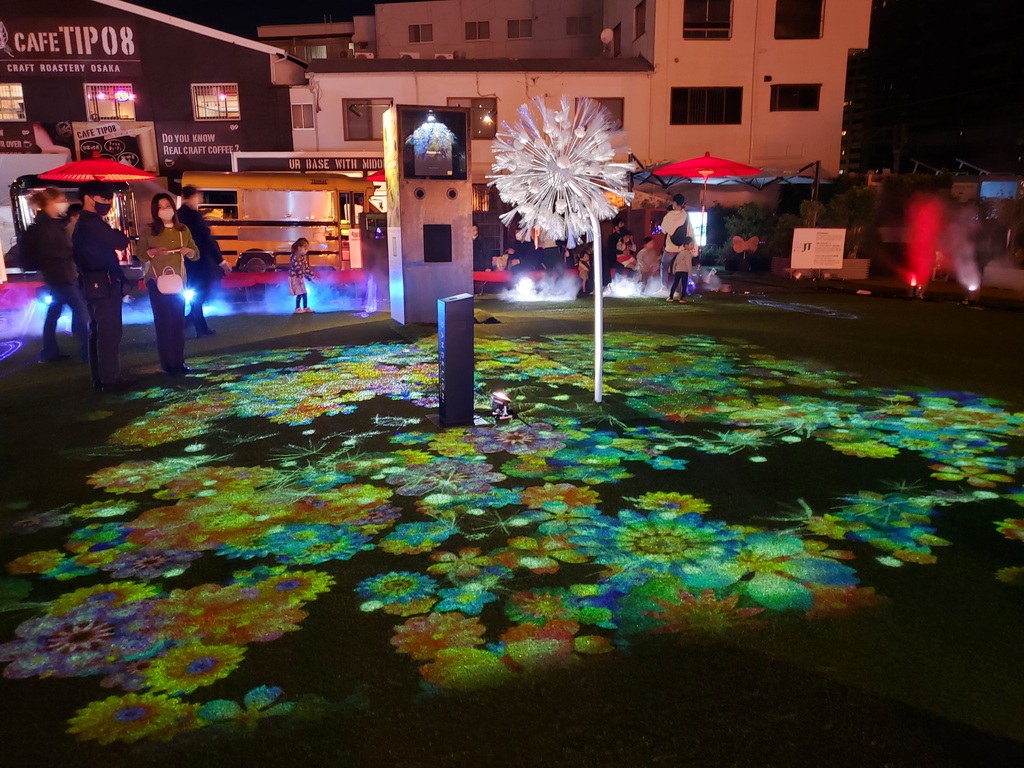
Moreover, you can enjoy “Sketch Racing” – a virtual × reality e-sport in which you race a 3-D representation of a vehicle drawn on paper, and “AttendStation®” – a remote communication system that bolsters operational efficiency and saves on manpower for remote customer service via an avatar.
In addition, the “Gamba Osaka Public Viewing,” which uses KAIROS – a cloud-based image-production platform – to cut down on costs and space for “shooting, creating, and projecting” live broadcasts and content distribution at the venue – enabled dynamic live video to be shown on a large outdoor screen, which attracted much attention during the event.
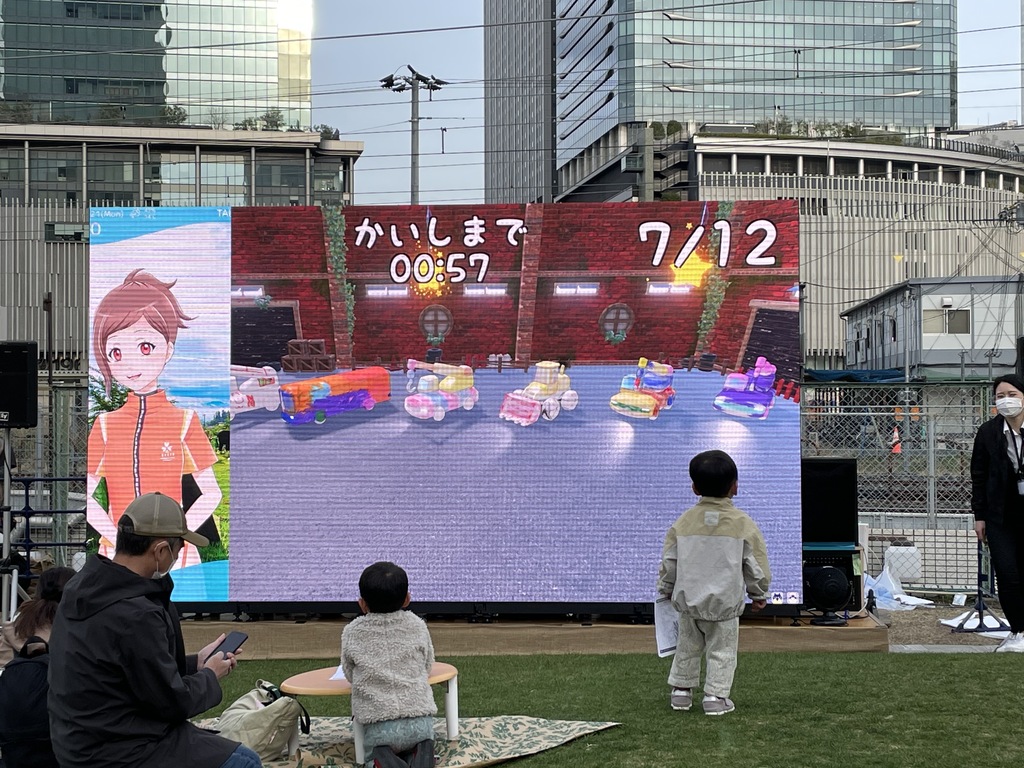
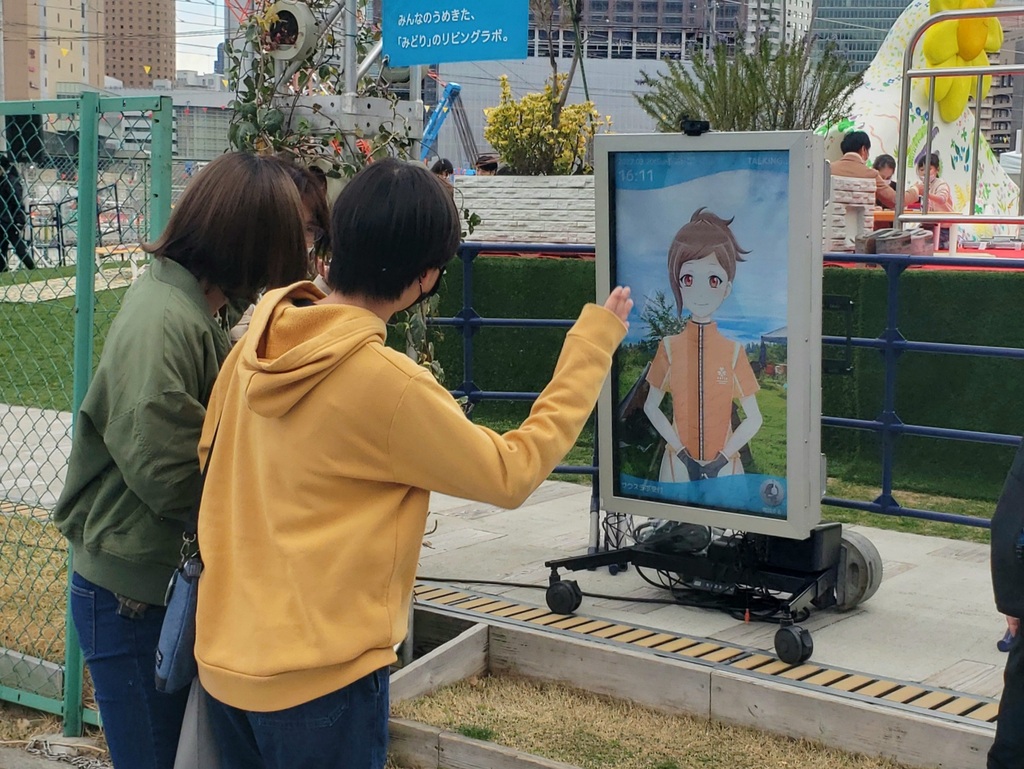
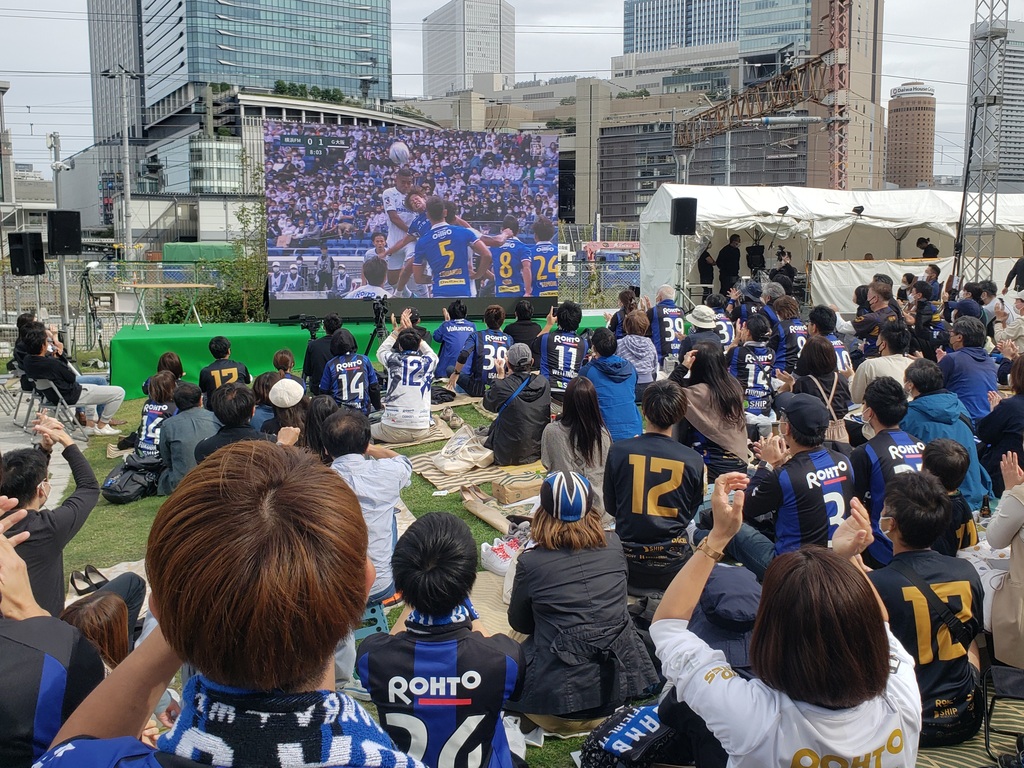
Mr. Miyahara shared some thoughts on “Grand Green Osaka,” which will have its preliminary opening in summer 2024, as follows.
“It is located quite close to Ohiraki, Fukushima-ku, in Osaka City where Konosuke Matsushita founded the company in 1918. Also, following a surge in the population and traffic accidents as the downside to the rapid development of the Japanese economy, the company donated a pedestrian bridge in front of Osaka Station in 1964 as a joint public-private initiative, so it is also a place with which we feel a deep connection. We want to bring about creative innovation with all parties visiting and residing in Grand Green Osaka with our new technologies and solutions at this historical place, which is at the root of our regional contributions while facing social issues based on the philosophy of our founder, as an innovator blessed with a venturing spirit. I also believe this is an attractive place, thanks to its lush greenery, where anything is possible, so eagerly await the opening of this town.”
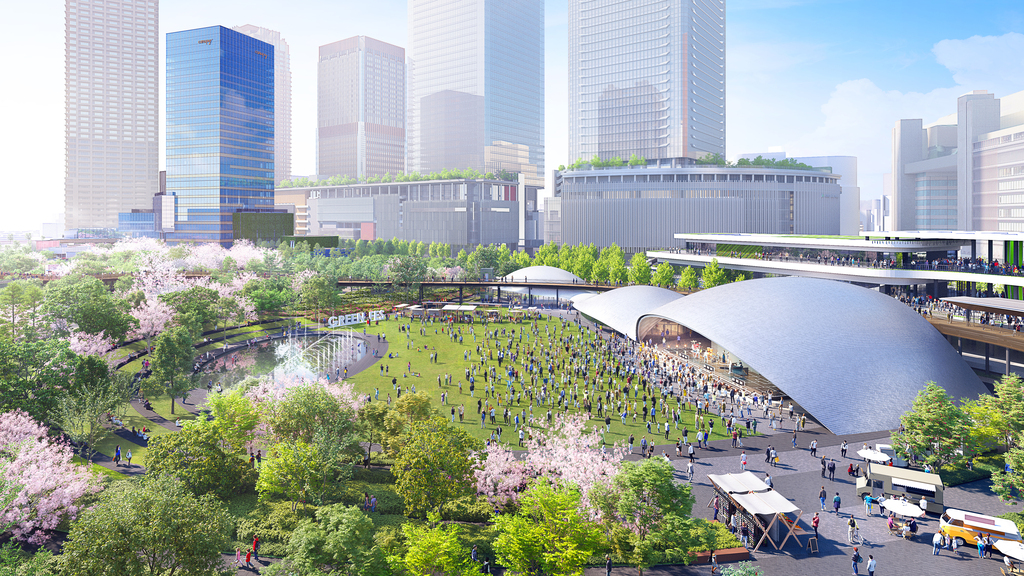
The Panasonic Group Pavilion “NOMO NO KUNI” will be exhibiting at the Expo 2025 Osaka, Kansai. The concept is “Unleash your mind, body, yourself and the world.”
Mr. Miyahara said, “We consider that our founder’s philosophy of “Busshin-ichinyo” (material and spiritual affluence) as underpinning not just the manufacture of goods, but also to our approach to the mind as the purpose (raison d’être) of the Panasonic Group. This is based on the perception that things change depending on how we think about them, a bit like “viewing oneself in the mirror,” so “NO MO” is derived from reading “mono” (meaning “things”) backwards (syllabically). Also, the pavilion will be an experiential place for alpha-generation children. This affords an opportunity for visitors to really understand the resource cycle, as used home appliances are disassembled and turned into key components, while offcuts and waste materials that were previously disposed of or incinerated in factories and around the world are upcycled. The Panasonic Group strives to realize an ideal society with affluence both in matter and mind to support global environmental issues and a lifetime of good health, safety, and comfort for all under the brand slogan “Live Your Best.”
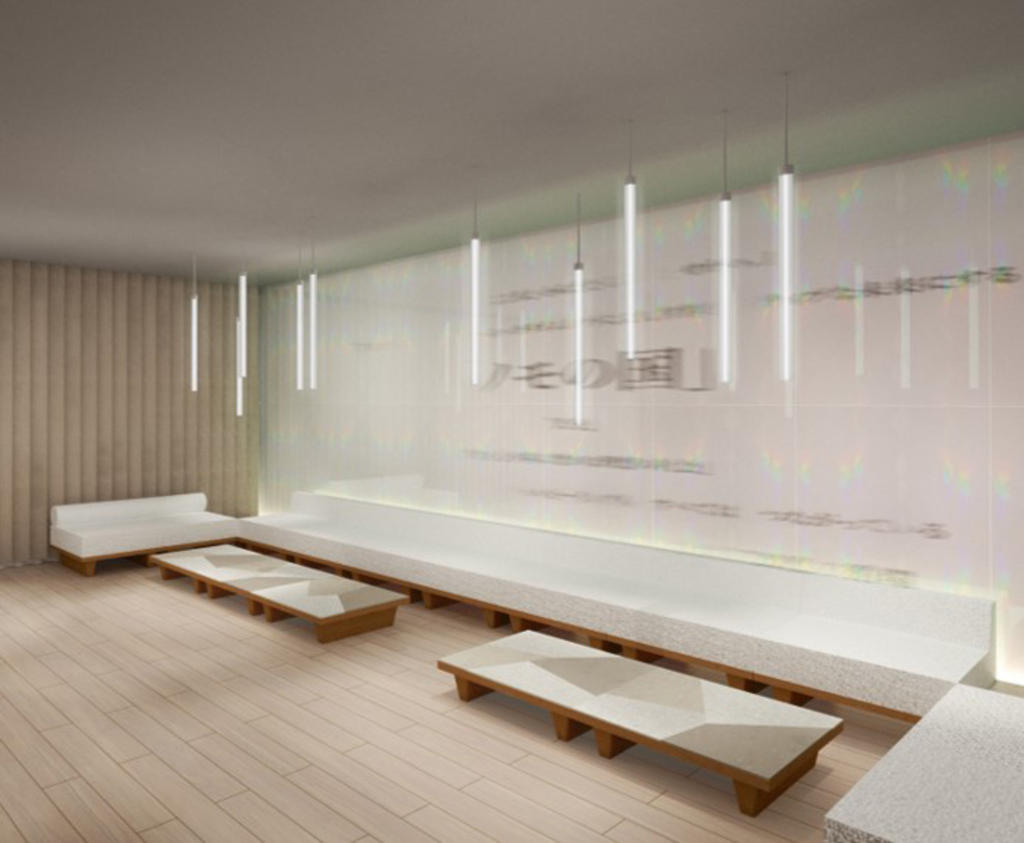
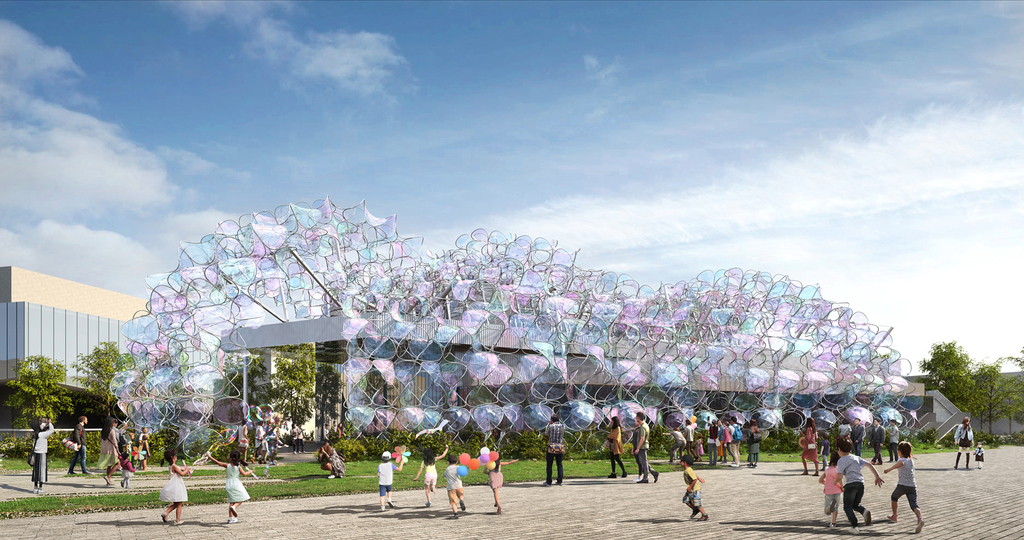
The Suita Sustainable Smart Town (Suita SST) initiative is another Panasonic-led effort under the “Kansai 25/30 Project.” The town opened in April 2022, after development began in 2018 following three years of detailed planning.
He explained, “As a consumer electronics manufacturer, we have been manufacturing home appliances from the perspective of value in daily life. We consider infrastructure and so on by assuming a smart life 100 years from now based on this lifestyle-driven concept. What we especially value in urban development is working with the public to create new towns. Although it is only two years since Suita SST opened, we would like to apply the know-how derived from Fujisawa SST (opened in 2014) and Tsunashima SST (opened in 2018) to contribute to well-being initiatives at Grand Green Osaka through the co-creation of services by industry, government, academia, and the public while promoting good health and environmental energy.”
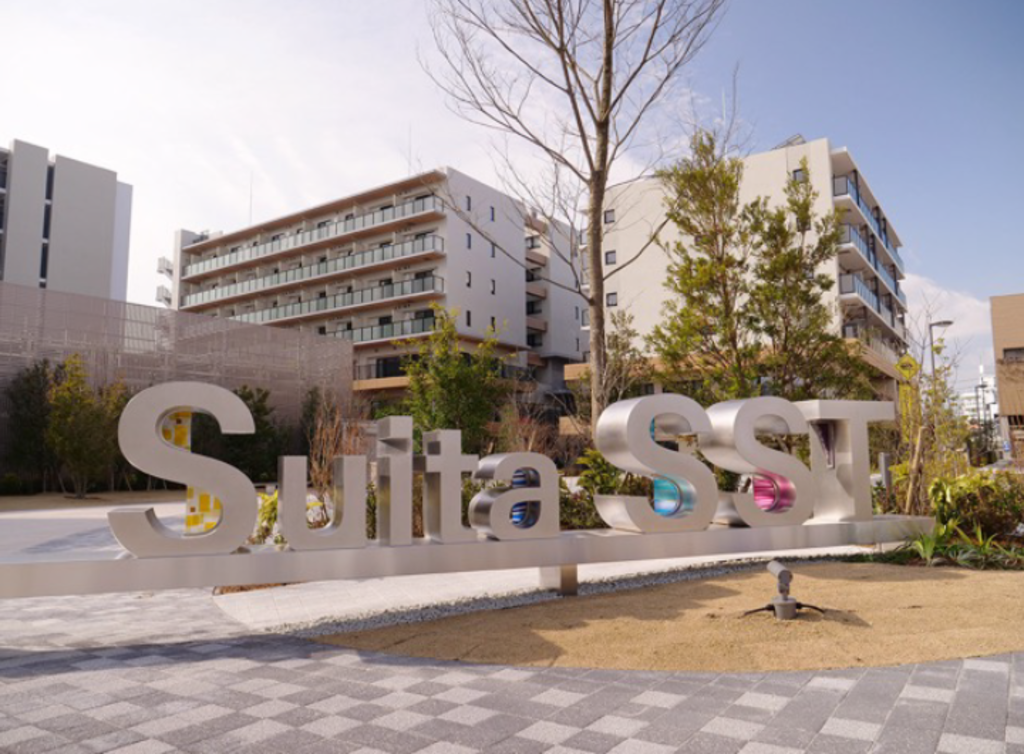
Finally, we asked about the future prospects for the “Kansai 25/30 Project.”
“In the same way as culture spread from Kyoto and Osaka to Edo (Tokyo), and moving sidewalks and automatic ticket gates, which were first adopted in Osaka, spread to the rest of Japan and then the world, as a corporate member of Osaka and Kansai, through this project, we will use Panasonic Group technologies and solutions to contribute to revitalizing the economy in Kansai so that innovation initiated in Osaka, with its historical background, will spread throughout Japan, and then worldwide.”
“People” are always at the core of Panasonic Group’s ideas. Keep a watchful eye on new technologies and innovations that foster value from the perspectives of individuals gathering in town.
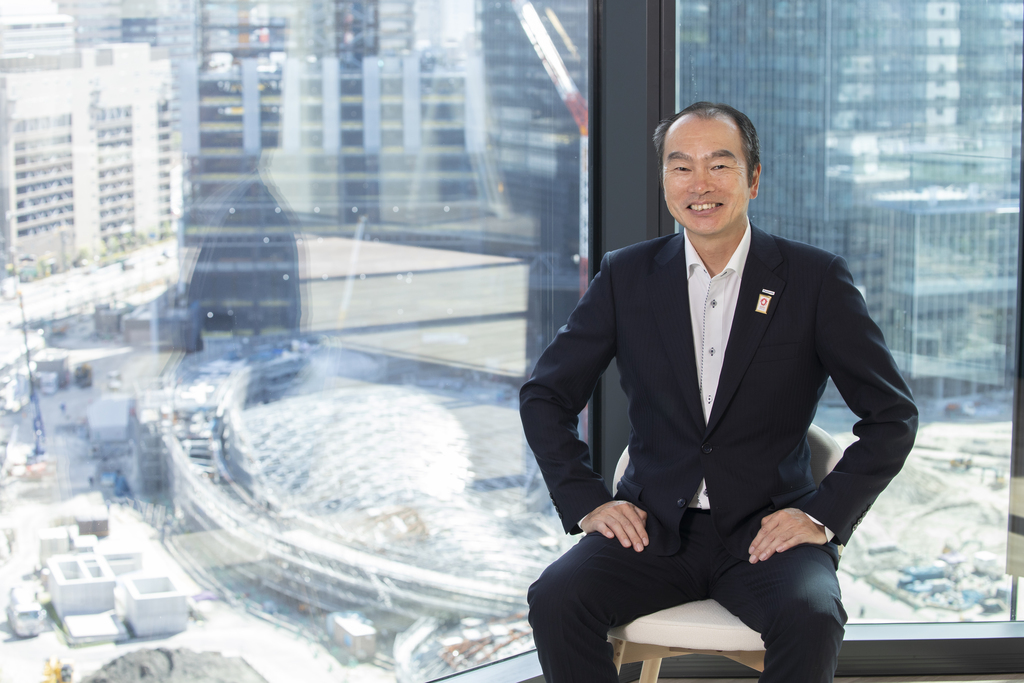
Tomohiko Miyahara
Joined Matsushita Electric Industrial Co., Ltd. in 1989. Following promotion in 2009 as manager of the Business Promotion Group, System/Equipment Business Promotion Division at Panasonic Corporation, he served as president of Fujisawa SST Management Company, and Director of the Business Solutions Division. Since October 2022, he has held his current post, under which he has been managing this project with a focus on promoting business through co-creation with other companies and local governments.
Photo: Koichi Higashiya, Text: Yoshimi Kono

 Share on Twitter
Share on Twitter Share on Facebook
Share on Facebook